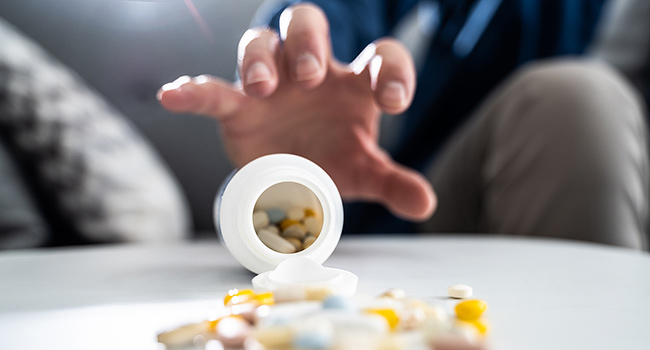
Polysubstance use is one of the most pressing issues of the United States' current overdose crisis. Polysubstance use includes the unique patterns of substance use involving more than one substance (drug and/or alcohol) and can include substances used at the same time, regular patterns, or intervals.
A clinical trial has investigated the effect of polysubstance use on the clinical outcomes of patients undergoing treatment for opioid use disorder. Polysubstance use, or the use of multiple substances, is a common issue among individuals with opioid use disorder (OUD), and it can complicate treatment efforts.
Since 2003, deaths involving multiple substances have been increasing with the most notable increases among people who co-use opioids with other stimulants. However, clinical studies on how polysubstance use may or may not affect the treatment of opioid use disorders have been greatly lacking.
Clinical Trial
A clinical trial examines the prevalence of polysubstance use among patients undergoing medication-assisted treatment for opioid use disorder (OUD), and how it affected their treatment outcomes.The trial involved 474 patients undergoing treatment for opioid use disorder who were also using other drugs such as binge alcohol, sedatives, cocaine, amphetamines, and cannabis. The researchers used drug screening tests to identify the presence of opioids and these 5 other substances before and during treatment. These patients were followed for 24 weeks to detect opioid relapse and self-reported opioid craving despite medical treatment.
